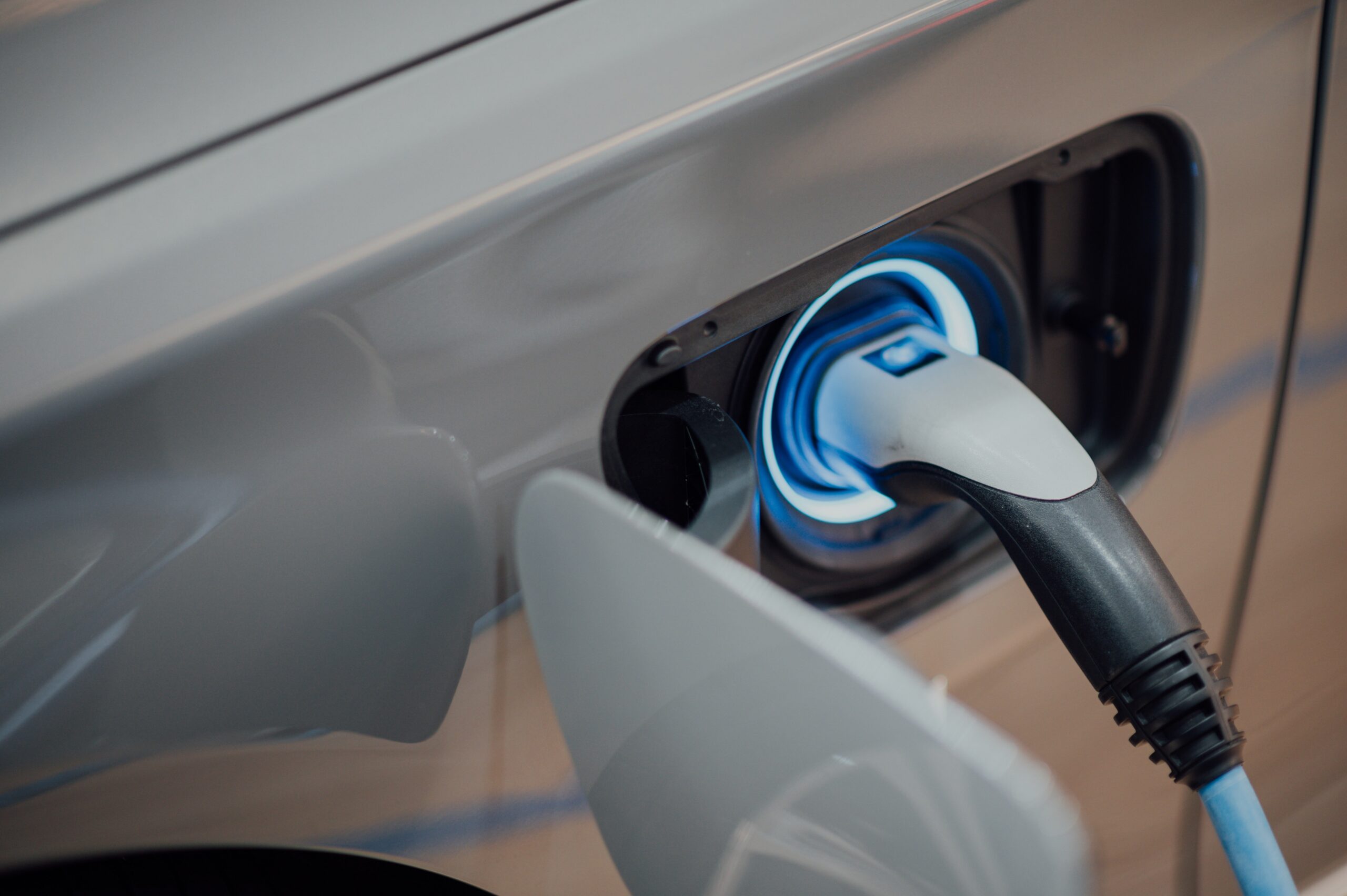Embrace your motoring future by entering the electric age.
Zero-emissions Electric Vehicles (EVs) and low-emissions PHEVs (Plug-in Hybrid Electric Vehicles) have suddenly become key to helping us retain our personal mobility. With governments tightening rules around vehicle emissions and consumer expectations quickly changing, EVs have moved from the niche to the mainstream. All car makers now have electric ambitions.
The most common EV on our roads is the Nissan Leaf, regarded as a pioneer of the electric age. In the past decade, the Leaf has evolved in the critical areas of battery capacity, power output and energy efficiency but is now matched or bettered by other pure-electric options. Many Kiwi drivers show a preference for extra performance and longer ranges, which is reflected in the popularity of high-end Teslas and Audi e-trons. They exemplify eco credentials, provide strong and smooth acceleration and are unrivalled for cabin quietness.
Any vehicle that relies on two types of power, such as a Toyota Prius, is a hybrid. PHEVs combine a plug-in battery with a petrol or diesel engine and offer a modest electric-only range, typically up to 50km. These cars suit those doing lots of longer trips.
Are EVs worth it?
In theory, the current higher initial cost of a new EV is offset by much cheaper fuelling and strong resale values. They are also cheaper to maintain because they have so few moving parts. The government rebate scheme makes the figures more attractive for EVs that retail at under $80,000. And the more EVs that are sold new, the more viable the second-hand market.
Battery capacity is rated in kilowatts per hour. Typical battery efficiency is 6km to 7km of travel per kWh. The cheapest new EV is the MG ZS which has a 44.5kWh battery and can travel up to 263km on a single charge. A Tesla Model 3 with a 75kWh battery has a range of over 500km.
The cost of creating a battery has been declining at about 15 per cent each year over the last decade, while energy efficiency has been increasing markedly at the same time. Naysayers point out that EV production, especially battery production, is very CO2-intensive, but over time, EVs promise a useful advantage over internal-combustion cars and their lifecycle should be longer. Manufacturers are also now doing a much better job of mapping raw material supply chains to ensure the ethical sourcing of vital EV minerals like cobalt and the sensitive extraction of lithium.
You may have heard about some downstream issues, too. The science for battery refurbishment and recycling is developing quickly and the latest batteries are better designed for end-of-life recycling or deployment in larger battery banks. In NZ, the Battery Industry Group, working with EECA and Vector, oversees a product stewardship scheme for large batteries, such as those in cars.
What is it like to drive an EV?
Operating an EV is not too dissimilar from driving any other modern car. Lots of EVs are based on conventional cars so they have very similar interiors and controls. Others are bespoke designs, like the popular BMW i3 with its distinctive tall but narrow composite body. EVs tend to have highly aerodynamic shapes but seat you higher as they must accommodate battery packs under the floor. Rather than having radiator grilles, they are mostly sealed or ‘faired in’ at the front and sit on wind-cheating, flat-faced wheels. Some EVs break the silence with an artificial soundtrack.
Most EVs deliver sparky performance and some are indecently quick. There aren’t any gears to worry about and electric motors don’t need revs to build power. Because torque is not only strong but instantly available, you can really pin yourself back in your seat if you floor the accelerator. And driving modes or paddle shifters allow you to dial up the regenerative braking to the point where you can drive largely using the accelerator only. Lift off and the car effectively brakes for you. One foible that is currently inescapable is the extra weight of an EV – and lugging that weight around does, of course, use energy!
Charging an EV
EVs and PHEVs come with a charging cable that lets you plug them into your house mains, so you always have a way to charge. Charging at home with a three-pin plug at up to 2.4kW might be okay for topping up your PHEV overnight but will prove painfully slow when recharging a large battery pack.
You can buy a higher-output (3.7-7.4kW) standalone charger, or wallbox, for your garage. They are safer and more efficient but will cost $4,000-$5,000 after installation by an electrician. It pays to check the power supply to your home before installing one. At peak usage, you don’t want to be charging your vehicle and find that the load is playing havoc with the meal you’re cooking.
The broader charging network is still in its infancy in parts of the country so, for EV owners on longer trips, it helps to be the sort of person who thinks ahead. If you are out and about, the Plugshare website and app is an excellent resource, featuring a user-updated database of all EV charging points (free or paid) around the country.
In addition to the ChargeNet network of paid charge stations, for which you need an account, there is an increasing number of free fast-chargers (usually 25-50kW DC charging) supplied by electricity companies. (Tesla operates its own Supercharger network.) Most new EVs can fast-charge at rates up to around 50kW with a few able to push to 100kW and above.
EV battery performance
Vehicle batteries seem to degrade more slowly than people initially feared. The typical battery only loses about two per cent of its charging capacity each year. And just as well, because the battery pack is easily the most expensive component of an EV and focusing on a constantly reducing range is deflating for drivers. Most EVs have a clear range indicator allowing you to check a battery’s health. And if a used car has a full service history, you’ll know that it has received all its software updates.
As with your phone, you can prolong battery life by not fully charging the battery, not running it flat, and not using a rapid charging facility regularly. The best operating range for long-term battery health is between 20 and 80 per cent.
In very cold weather, battery packs tend to offer reduced range. But an EV that has thermal management of its batteries will deliver greater range in all seasons.
EVs: A good decision on balance
The best clean-car endorsements come from satisfied owners of EVs and PHEVs. Most accept there are still compromises with these vehicles but have found the upsides to be considerable. For those who have made the switch, buying a regular car would be a real step backwards.
EV discounts
The Clean Car Discount scheme introduced by the Government on July 1 aims to reduce emissions by incentivising clean car purchases.
To access rebates, you don’t need to buy a pure-electric vehicle, just something with a plug, either new or newly imported as a used car. The amount rebated depends on the car’s emissions profile. To qualify, new cars must cost less than $80,000 and have at least a three-star safety rating according to rightcar.co.nz. The maximum rebate is $8,625 for a new EV (used import $3,450) and $5,750 for a new PHEV (used import $2,300).
Which EV is right for me?
More so than with any other car, personal circumstances are critical when driving purely on electric power. If you’re able to test-drive an EV overnight rather than just for an hour, you’ll get a better impression of how well it will fit into your life.
The 10 most affordable EVs and PHEVs after the government rebate has been applied are:
· MG ZS EV $40,365
· Toyota Prius Prime $43,470
· Mitsubishi Eclipse Cross $44,240
· Mitsubishi Outlander PHEV $46,470
· MG HS PHEV $47,240
· Hyundai Ioniq PHEV $48,240
· Kia Niro PHEV $50,240
· Peugeot e-208 $51,365
· Mini Electric $51,775
· Nissan Leaf $53,365







